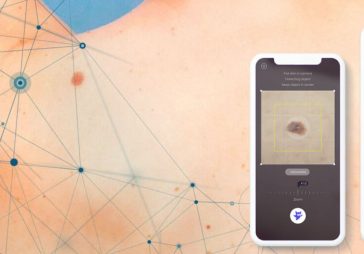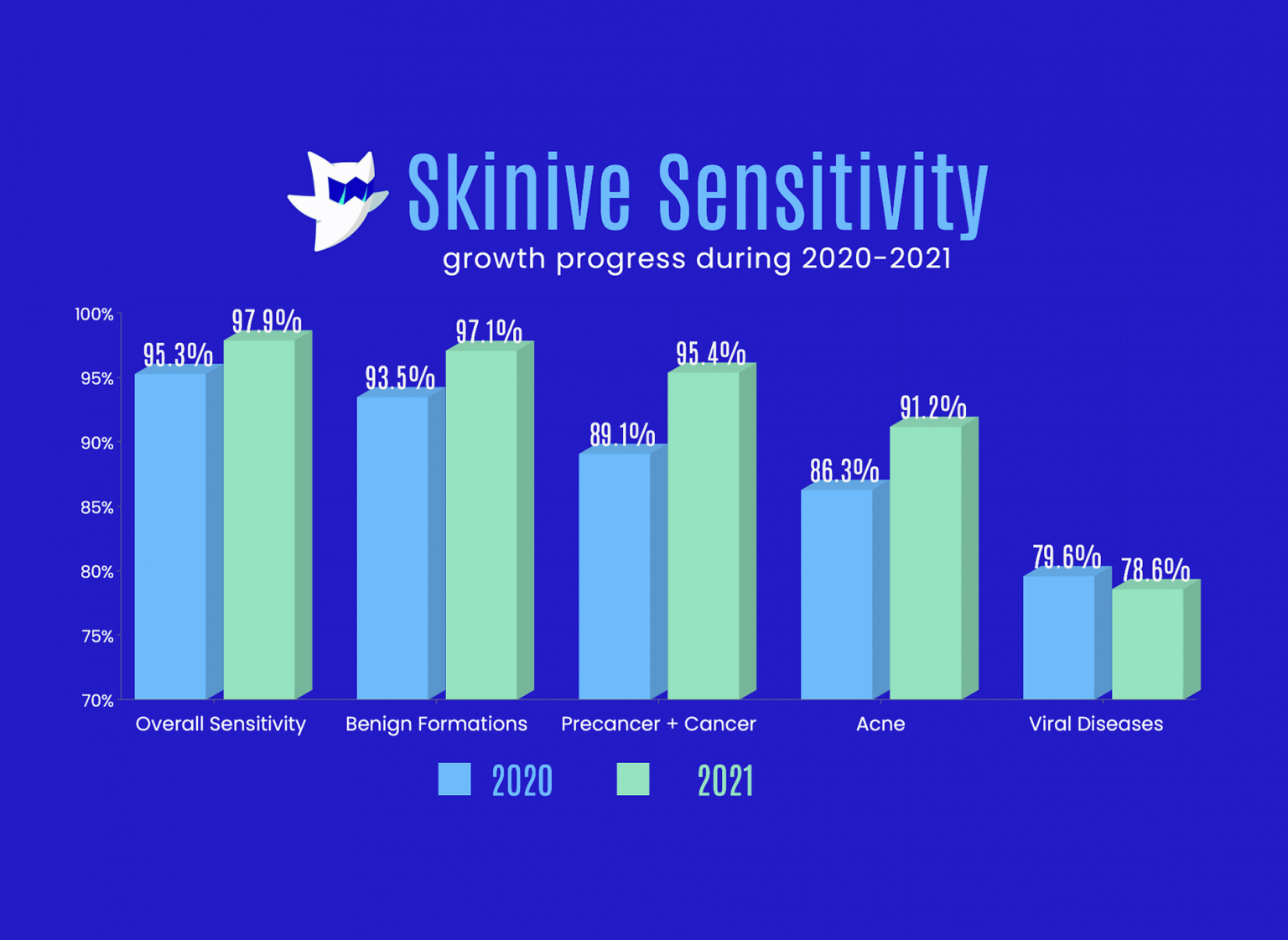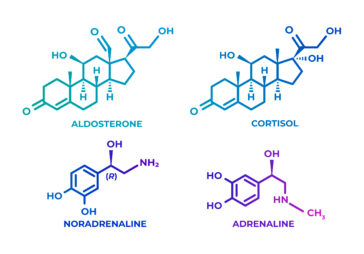Consensus among experts confirms a glaring shortage of dermatologists, resulting in extended patient wait times, strained medical professionals, untreated ailments, and potential patients resorting to seeking treatment in distant cities. Given the gravity of this predicament, it becomes imperative for healthcare stakeholders to address two pivotal inquiries: What are the underlying causes of this challenge, and what actionable steps can be taken to rectify it?
Why Getting a Dermatology Appointment Can Be Challenging: Unveiling the Shortage
Securing a dermatology appointment often proves difficult due to an insufficient number of dermatologists available to cater to the demand. With an average of only about 30 dermatologists per 1 million population in Europe, the scarcity becomes evident, particularly when considering that skin-related issues consistently rank among the top 10 reasons for initial doctor visits.
Across the globe, countless patients grapple with this issue, experiencing isolation and neglect from both public and private healthcare systems, all the while witnessing the deterioration of their chronic conditions.
The consensus among experts is clear: the dearth of dermatologists results in prolonged patient wait times, overburdened medical professionals, untreated ailments, and even the necessity of traveling to distant cities for necessary treatment.
Given the gravity of this challenge, it is paramount for influential figures within the medical sector to contemplate two pivotal inquiries: What are the root causes of this dilemma, and what actionable measures can be taken to alleviate it?
Demand Surge, Dermatologists Shortage: Unpacking the Dilemma
A central contributor to this challenge lies not solely in the quantity of dermatologists available, but rather in their workload.
The pace at which dermatologists can be trained remains fixed, particularly in a field as intricate as this, rife with rare conditions and intricate cases that demand meticulous attention. Presently, a certified dermatologist necessitates an extensive 12-year journey of specialized training and hands-on experience to execute their role adeptly.
Meanwhile, while the dermatologist population has expanded at a moderate pace, the demand for their expertise has catapulted in recent times. This surge in consultation requests has surged exponentially, straining a system unprepared for such escalation.
One catalyst behind the escalating demand for dermatologists is their expansive range of treatments and services. Dermatology, a medical realm focused on rectifying skin, hair, and nail issues—often evident conditions impacting daily life—continues to draw attention.
In addition to addressing medical concerns spanning all age groups, dermatologists are also at the helm of cosmetic procedures, enhancing patients’ well-being and appearance. The allure of such procedures only intensifies with time, fueling the demand for these services year after year.
Efficiency Decline and Rising Doctor Burnout: A Disturbing Medical Trend
An escalating concern in the medical arena is the mounting time physicians are devoting to mundane tasks, amplifying burnout rates and compromising efficiency. In the aftermath of extensive training to aid people, physicians find themselves increasingly entangled in seemingly trivial duties, fostering frustration among practitioners and misallocating resources within medical facilities.
This phenomenon holds particularly true within dermatology, where physicians frequently find themselves immersed in mundane tasks like lesion counting and severity score calculations instead of engaging directly with patients to grasp their lived experiences.
The integration of innovative solutions, exemplified by the Skinive MD app, stands as a pivotal stride toward enabling dermatologists to wield their time more effectively, both medically and financially.
Beyond these practical implications, this software adoption also tangibly diminishes burnout sentiments. Empowered with cutting-edge tools, physicians can concentrate on fostering genuine connections with patients, delegating algorithmic tasks like lesion counting and surface area calculations to technology.
Navigating the Challenge of Over-Specialization in Dermatology
Within the realm of medicine, specialization has emerged as a defining hallmark, catering to the intricacies of specific diseases and conditions. However, this heightened specialization poses a significant quandary for primary care physicians who confront a myriad of potential illnesses without the specialized insight required for accurate diagnosis and treatment.
Enter the Skinive MD app, a transformative solution placing an amalgamation of top-tier disease expertise at the fingertips of medical professionals, complemented by the computational prowess of deep learning algorithms. This synergy empowers practitioners with rapid and dependable second opinions, revolutionizing the diagnostic landscape.
[IMG SkiniveMD result screenshot]
Harnessing artificial intelligence for pre-malignancy prediction proves invaluable to primary care physicians and dermatologists alike.
This innovation not only benefits primary care physicians by furnishing access to the swift and objective expertise of accomplished dermatologists without the laborious manual consultation, but also aids dermatologists encountering conditions or lesions outside their realm of expertise, offering a dependable tool for confirmation.
In either scenario, the stress of all-encompassing knowledge diminishes, concurrently reducing the time lost in referrals to other specialists or the need for additional tests merely to verify suspicions.
The Urgent Need to Address the Consequences of Dermatologist Shortages
Consensus among medical experts resounds: unless proactive steps are taken across all echelons, the exacerbation of dermatologist shortages is an impending reality.
Impacts of this predicament have begun rippling through medical facilities globally, with patient discontentment looming as the most conspicuous aftermath. Beyond potentially steering patients towards alternative healthcare providers due to the frustrating crawl of waiting lists, the more perilous repercussion is the risk that patients may perceive their symptoms as inconsequential, subsequently abandoning the pursuit of treatment.
This dovetails with another ramification spawned by extended waiting periods: conditions that could have been readily managed if identified early burgeon into acute cases, demanding greater exertion and resources for effective resolution.
Navigating Dermatology Solutions: Incremental Progress for Positive Change2
Using the Skinive MD app in medical practice and integrating the revolutionary Skinive technologies integrated into EMR & EHR via the Dermatology AI API called “Skinive.Cloud“. These innovations provide physicians with the tools to optimize their time and effort during patient interactions, alleviating their burden and replacing archaic pre-internet tools.
Addressing a multifaceted issue like this demands a methodical approach rather than a singular, swift fix. Revamping the medical system and redefining our comprehension of dermatology are requisite for shifting the entrenched landscape.
SkiniveMD App Reviews – What doctors think of the app and how it improves their medical practice
Nonetheless, acquiescing to ceaseless queues and beleaguered doctors isn’t the answer. A series of minor adjustments can catalyze incremental enhancements and chart a course towards a brighter future.










